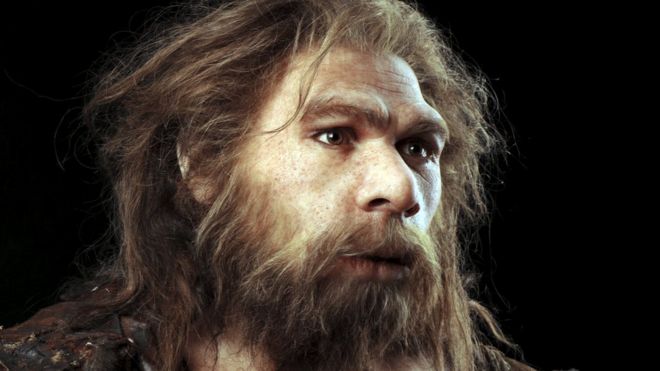
Denisovan DNA lives on only in Pacific island dwellers, while Neanderthal genes are more widespread, researchers report in the journal Science.
Meanwhile, some parts of our genetic code show little trace of our extinct cousins.
They include hundreds of genes involved in brain development and language.
"These are big, truly interesting regions," said co-researcher Dr Joshua Akey, an expert on human evolutionary genetics from the University of Washington Medicine, US.
"It will be a long, hard slog to fully understand the genetic differences between humans, Denisovans and Neanderthals in these regions and the traits they influence."
Siberia cave
Studies of nuclear DNA (the instructions to build a human) are particularly useful in the case of Denisovans, which are largely missing from the fossil record.
The prehistoric species was discovered less than a decade ago through genetic analysis of a finger bone unearthed in a cave in northern Siberia.
Substantial amounts of Denisovan DNA have been detected in the genomes of only a handful of modern-day human populations so far.
"The genes that we found of Denisovans are only in this one part of the world [Oceania] that's very far away from that Siberian cave," Dr Akey told BBC News.
Where the ancestors of modern humans might have had physical contact with Denisovans is a matter of debate, he added.
Source: BBC
Nenhum comentário:
Postar um comentário